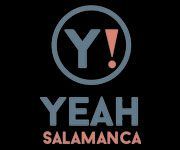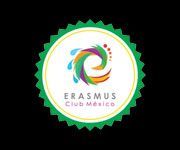Get ready to enjoy an unforgettable weekend in Salamanca and Segovia! We will have the chance to discover two of the richest Spanish cities in heritage, history and culture. And of course, we will have time to enjoy a crazy night in Salamanca.
TRIP TO SALAMANCA & SEGOVIA
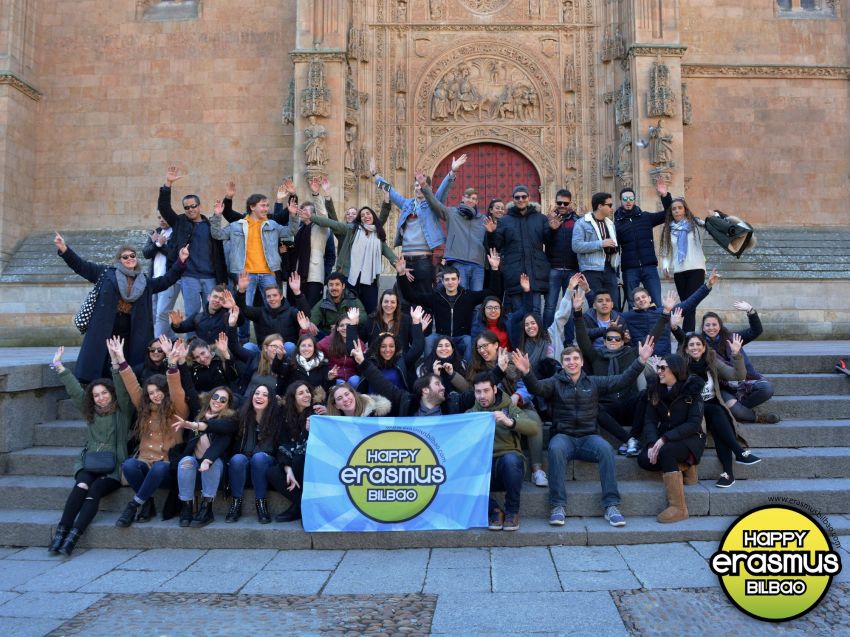
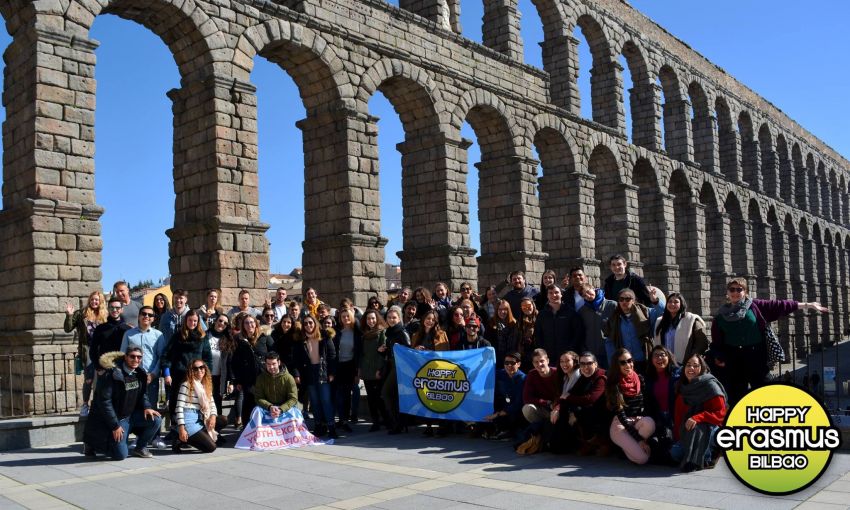
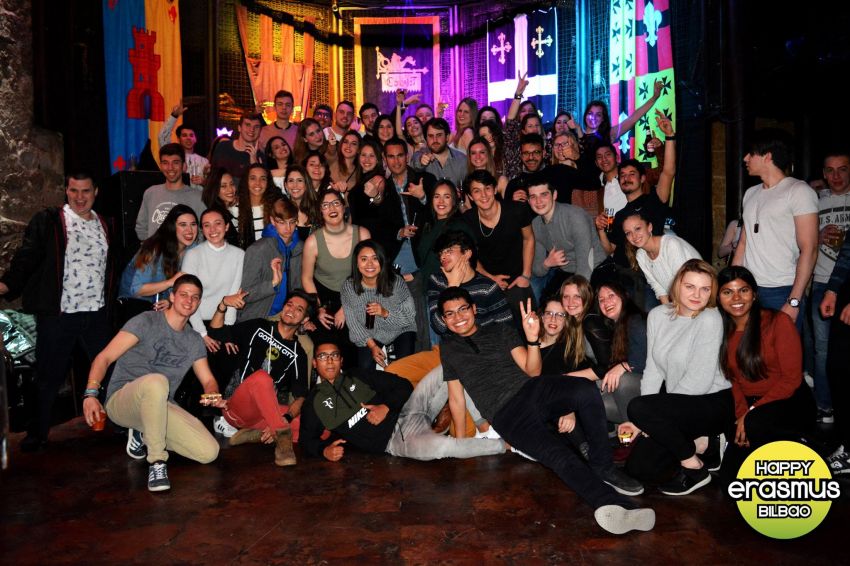

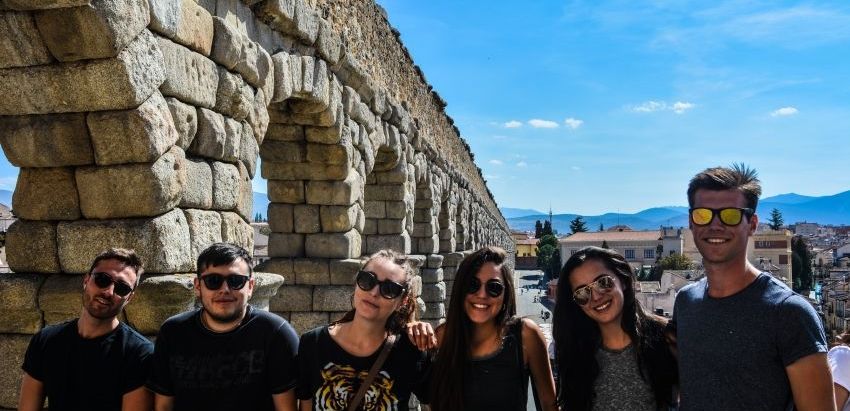
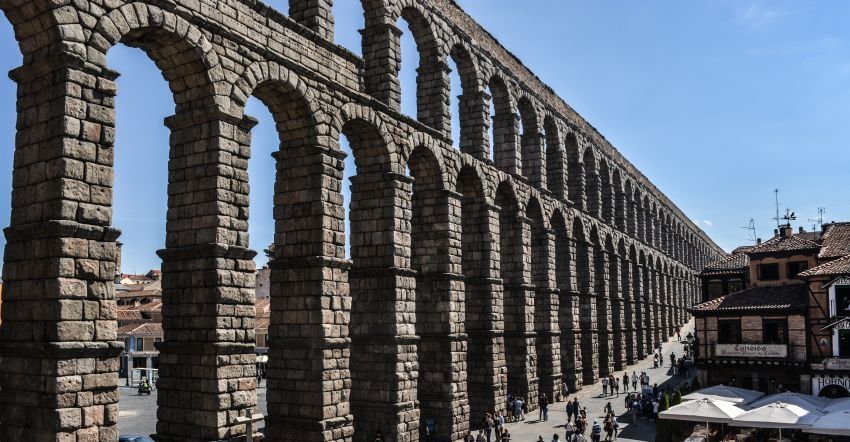






SALAMANCA
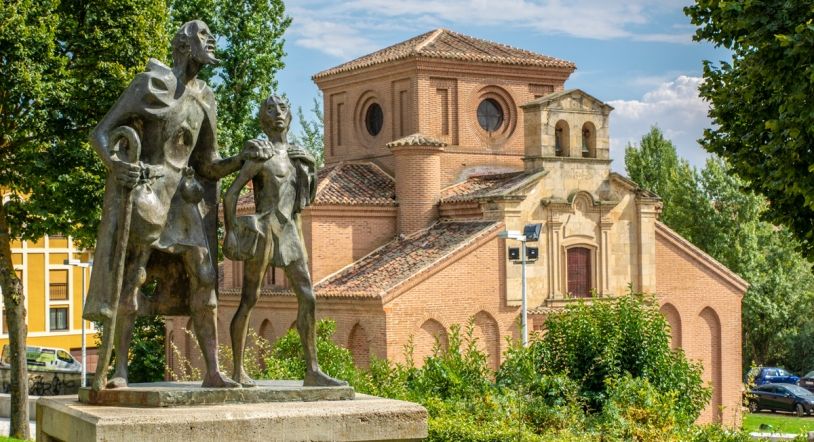

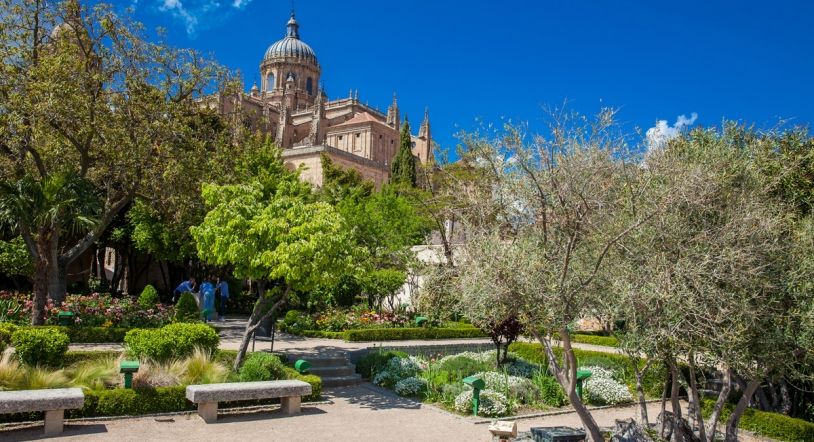
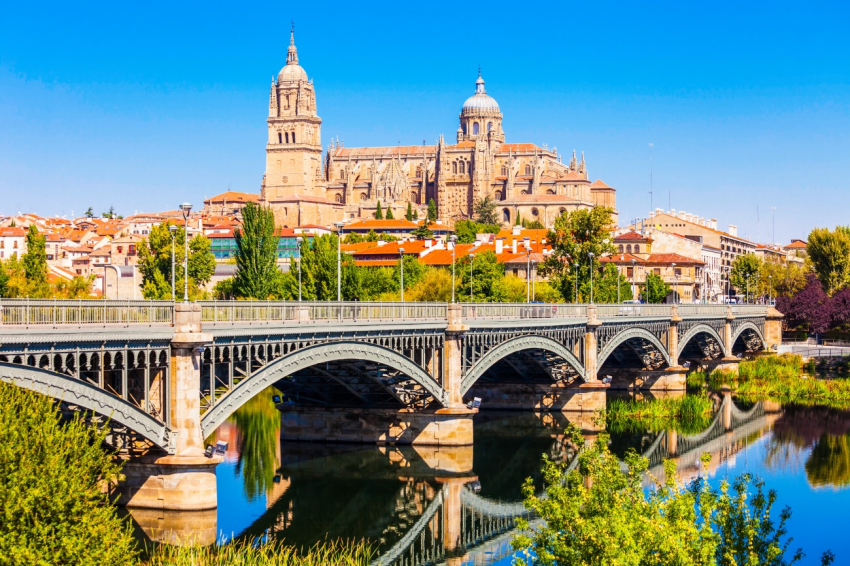
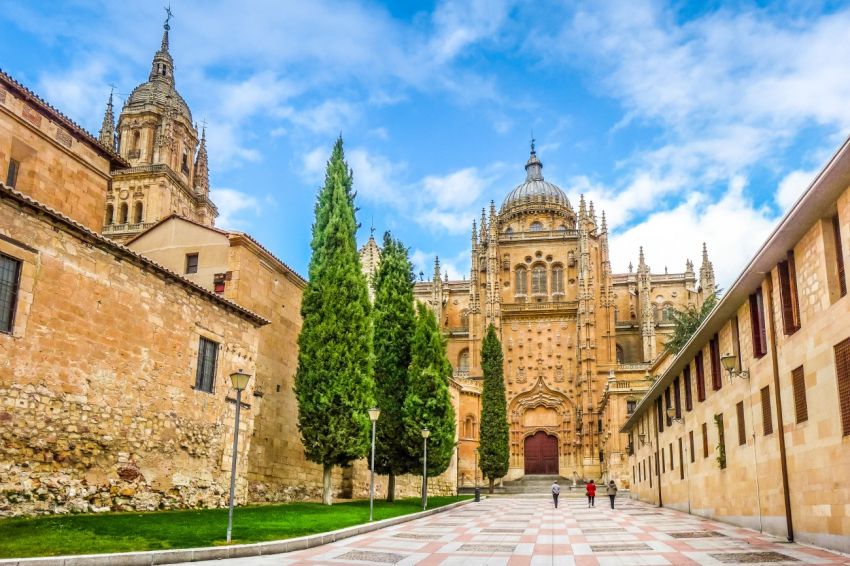
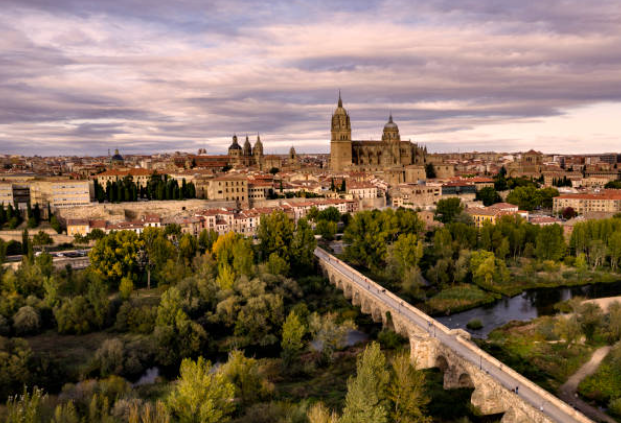






Salamanca and culture have a longtime history and are strictly connected. During its long history, illustrious historical figures related to different areas have passed through Salamanca: Cervantes, Cristóbal Colón, Fernando de Rojas or Miguel de Unamuno are only some examples of this long list. Salamanca boasts different titles that, without even visiting it, reveal its essence: "La Culta", "Muy Noble", "Muy Leal", "Docta", "Sabia", etc. It is not surprising that the oldest university in Spain is the University of Salamanca.
Nowadays, one of the mottos more linked to the city is: Salamanca: art, knowledge and bulls. The old quarter of the city houses a rich cultural heritage, with its two cathedrals being the most representative part of the city. In 1988 the city was declared a World Heritage Site and in 2002 it was named European Capital of Culture. Since 2003 its Holy Week has been considered of International Tourist Interest.
Salamanca is very well known as being a university city, having Spanish students, Erasmus students and students from other university exchange programs.
Salamanca’s main square
Plaza Mayor located in the centre of the city, the square doesn’t form a perfect square; its shape is irregular, which makes it even more famous. It's the main meeting point of the city and is where the city hall is located. It's famous among students because in December more than 40,000 people gather to say goodbye to the old year with the Nochevieja Universitaria.
Conchas house
It is an historical palace which nowadays works as a library. Its name conchas (shells) comes from the front part of the building which is decorated with 300 seashells,a symbol often associated with the Order of Santiago and the Camino de Santiago. There are many legends and tales about them. One of the tales tells that under one of those shells are hidden the jewels of the founder family.
University of Salamanca
For centuries, the University of Salamanca has been considered one of the best universities of the country. Founded in 1218 by King Alfonso IX. It was the first university of Spain and it’s the third oldest in Europe. Fray Luís de León and Miguel de Unamuno had been in its classrooms.
Salamanca Cathedrals
Salamanca has two cathedrals known as the New and the Old. The Old one ( Catedral Vieja de Santa María) was built in the 12th century and its style is Romanesque and Gothic. The New one (Catedral Nueva) was built between the 16th and 18th century, it's made in Renaissance style, despite having Gothic and Baroque elements. The inside of the building is very similar to Seville’s Cathedral. When visiting Salamanca you are visiting one of the 6 Spanish cities with two cathedrals.
As a curiosity, you have to know that in the front of the cathedral you can see an astronaut and a dragon which holds an ice-cream.
Orchard of Calisto and Melibea
The orchard of Calisto and Melibea is one of the most beautiful places of the city, a lot of people from Salamanca and tourists go there to relax. It's a charming space with flowers, trees, and a well with love locks, reflecting the romantic and tragic love story of Calisto and Melibea. Fernando de Rojas used this garden to be the main scene of his work.
General Archive of the Civil War of Spain
This archive has more information concerning the republican side. In the years after the war, the information in the file was used to repress the republicans who took part in the dispute.
Lazarillo de Tormes Monument
Lazarillo de Tormes is one of the most important literary works in our history. It recreates one of the most famous passages of the novel: young Lázaro serves as a servant to a blind man and plays a prank on him on the bridge.
Salamanca’s Roman Bridge
During the last centuries, Salamanca’s Roman bridge transformed into one of the most important symbols of the city,which appears on the city hall coat of arms as one of the main elements. The bridge was originally built during Roman times and it's size and style have been changing for centuries.
SEGOVIA
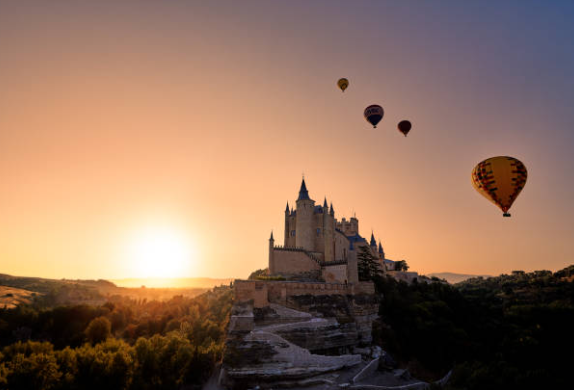

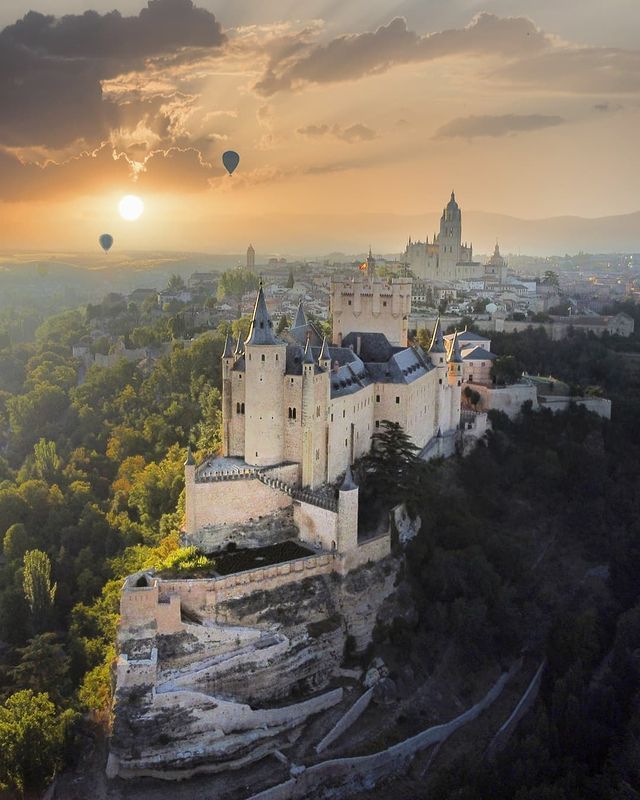
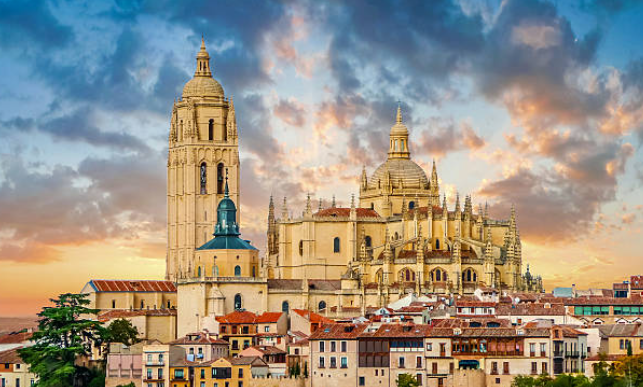
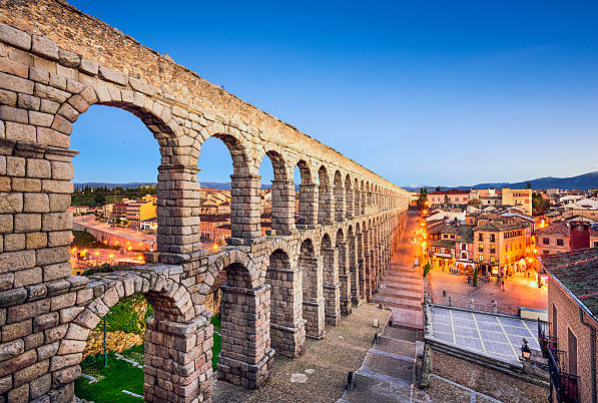





Segovia is renowed for its monumental aqueduct and delicious suckling pig. The Aqueduct of Segovia, built by the Romans in the 2nd century AD, remains remarkably well-preserved, welcoming visitors from around the world. Since 1985, the Segovia Aqueduct has been designated as a UNESCO World Heritage Site.
Another must-see attraction is the Alcázar de Segovia. Originally built as a fortress, it has undergone renovations over the centuries and evolved into a royal palace. Monarchs like Alfonso X made the Alcázar one of their habitual residences.
Lastly, no visit in Segovia is complete without dining at Mesón de Cándido, renowned for serving the best suckling pig in the city. It's undoubtedly the best place to enjoy Segovias traditional suckling pig.
PRICE
PRICE







